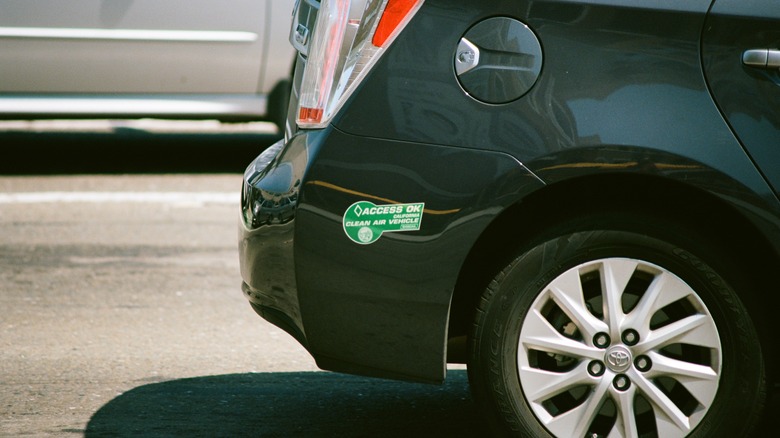California EV Drivers in Shock: HOV Lane Access May Be Gone Soon!
For years, California has rewarded electric vehicle (EV) drivers with a major perk: access to high-occupancy vehicle (HOV) lanes, even when driving alone. But that privilege could soon disappear, leaving many wondering what’s next.
The Clean Air Vehicle (CAV) decal program, which allows solo EV and hybrid drivers to use carpool lanes, is set to expire on September 30, 2025. Unless the federal government steps in to extend it, thousands of EV owners may lose a key incentive that has made their commutes faster and smoother.
Why Is This Happening?
California introduced the CAV program in 1999 to encourage people to switch to low-emission vehicles. The idea was simple: drive clean, skip the traffic. Over 1.1 million drivers have benefited from the program, but its fate now depends on whether Congress renews the federal authorization that allows states to offer these exemptions.
So far, there’s been no sign of a federal extension, which means California could be forced to remove these privileges when the deadline arrives.
What This Means for Traffic & EV Owners

California currently has over 1,500 miles of HOV lanes, and many drivers rely on them to cut down on commute times. If EVs lose access, it could have two major effects:
-
Less congestion in carpool lanes – This could make HOV lanes more efficient for actual carpools and public transit.
-
More traffic in regular lanes – Without HOV access, EVs will be back in general traffic, which could increase congestion.
But it’s not just about traffic—this change might also hurt EV adoption. A 2016 UCLA study found that 40% of EV buyers chose their car because of HOV lane access. Without this benefit, some people may rethink their decision to go electric.
Will the Program Be Saved?
Governor Gavin Newsom recently signed a bill extending the program until January 1, 2027, but there’s a catch—it depends on federal approval. As of now, the Federal Highway Administration hasn’t taken any action to allow an extension, leaving the program in limbo.
With the 2025 deadline approaching, EV drivers should keep an eye on legislative updates. If no action is taken, many may soon find themselves stuck in traffic like everyone else.


Comments are closed, but trackbacks and pingbacks are open.